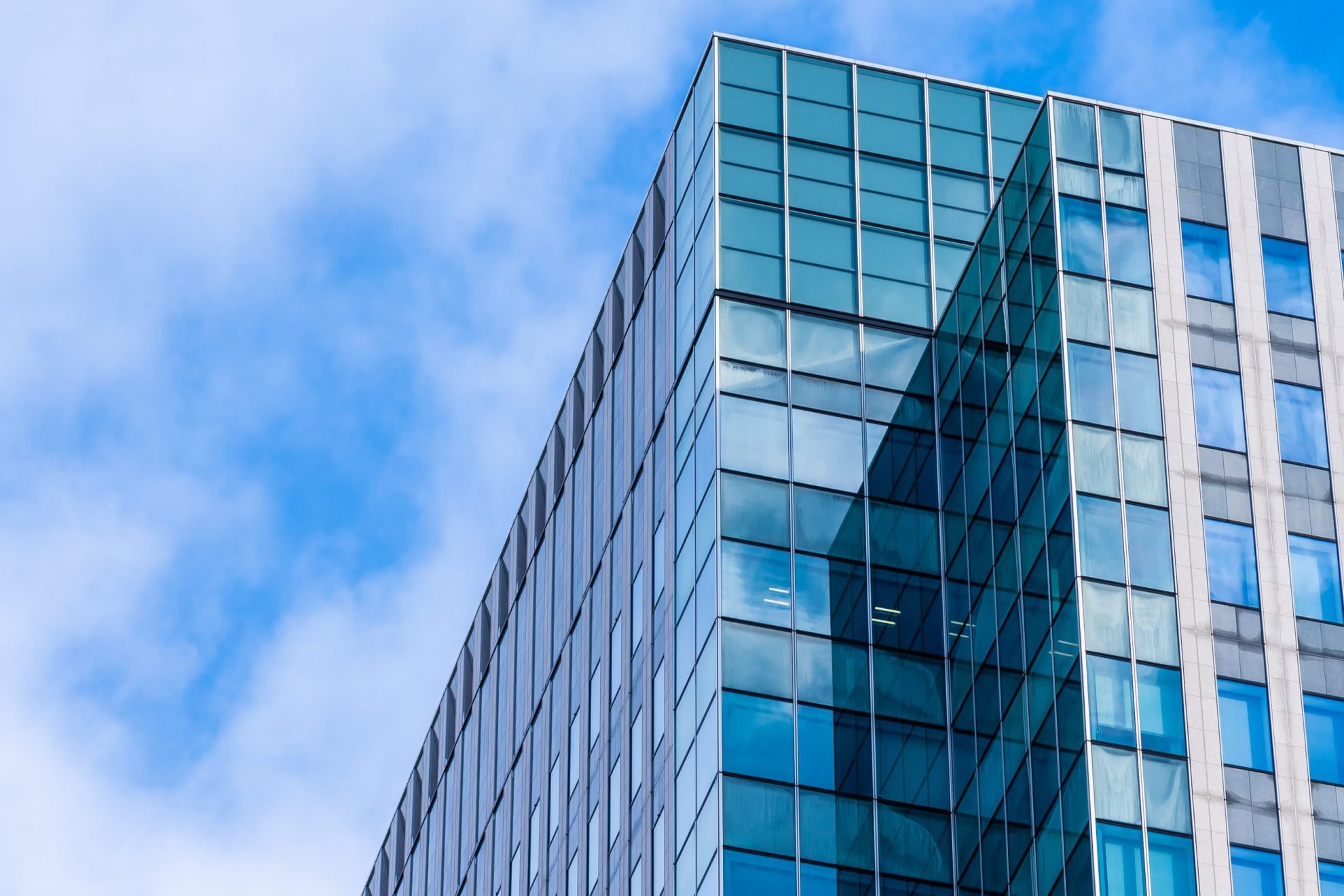In today’s blog post we tackle two basic concepts in commercial real estate: cap rate and Net Operating income, or NOI. Keep reading to learn more about the differences and relationship between these two metrics.
What Is NOI?
The term “NOI” stands for “Net Operating Income” and refers to a formula used to determine the profitability of a commercial real estate investment.
NOI is calculated by adding the gross operating income and any other types of income generated by the property and then subtracting the operating expenses.
This is a useful metric because it allows you to get a sense of the true cash flow of a property.
To illustrate NOI, let’s imagine a property that generates $25,000 in rental income and $500 in vending-machine income. This means that the total income is $25,500.
Now, that same property has the following operating expenses: $800 in maintenance fees, $3,000 in property taxes, and $1,000 in insurance for a total $4,800.
Now, by subtracting the operating expenses ($4,800) from the total income ($25,500) we determine the NOI of our hypothetical property: $20,700
What Is Cap Rate?
Cap rate, or capitalization rate, is a number that indicates the rate of return that a commercial property is expected to generate.
This is one of the pillar metrics of commercial real estate, as many professionals consider it the most comprehensive and succinct way to assess the profitability of a real estate investment.
To calculate the cap rate of a commercial property, we take the property’s NOI, divide it by its purchase price (or the most recent appraisal value) and then multiply the result by 100.
To show you how cap rates are calculated, let’s go back to the hypothetical property we used to illustrate NOI.
As you may remember, we determined that the NOI of our imaginary property was $20,700. Now, let’s say that the property’s appraisal value is $1 million.
To find the cap rate, we divide 20,700 by 1,000,000, which gives us 0.0207. Now we multiply that by 100 and we get the cap rate of our property: 2.07%
A way to see cap rates is an indicator of the risk profile of a property. A property that represents a low-risk investment usually has a low cap rate (as the property in our example). The higher the cap rate, the higher the risk — and the potential profits.
(To see a real-life example of cap rates and their impact on commercial real estate, check out this previous post: “Rising Interest Rates Expected To Push Industrial Cap Rates Higher”)
Cap Rate vs NOI
As you can see, cap rate and NOI are two concepts that are closely interrelated. After all, NOI is one of the elements used to calculate the capitalization rate of a commercial property.
The main difference is that while NOI is an indicator of pure profitability, the cap rate provides a rate of return which in turn gives a sense of how risky an investment is and how long it would take to recover that investment (for example, if a property has a cap rate of 10%, it means that it would take 10 years to recover the investment).
CHANTEL AGUILAR: YOUR COMMERCIAL AND INVESTMENT PROPERTY EXPERT IN ORANGE AND LA COUNTIES
Looking to purchase or sell commercial real estate in Orange County or LA County? Chantel Aguilar maximizes property exposure and works diligently to provide each client and every listing with the resources and time required to drive results.
Contact Chantel by telephone at 562-447-0665 or by email at [email protected] and get the knowledgeable assistance you are looking for.



